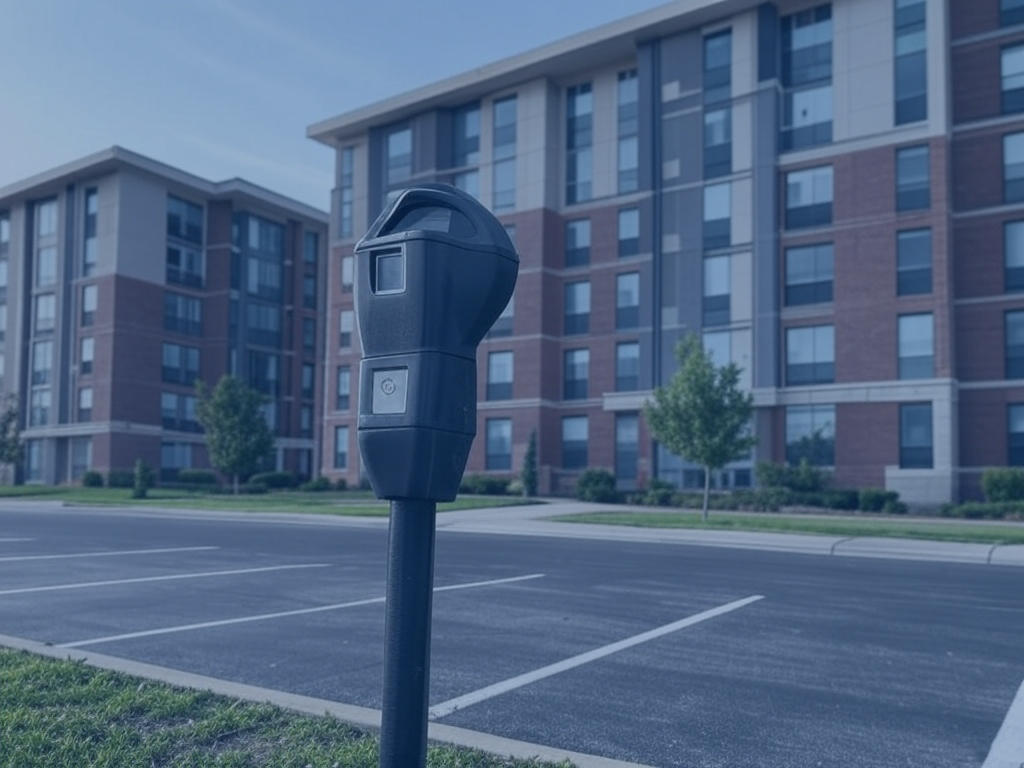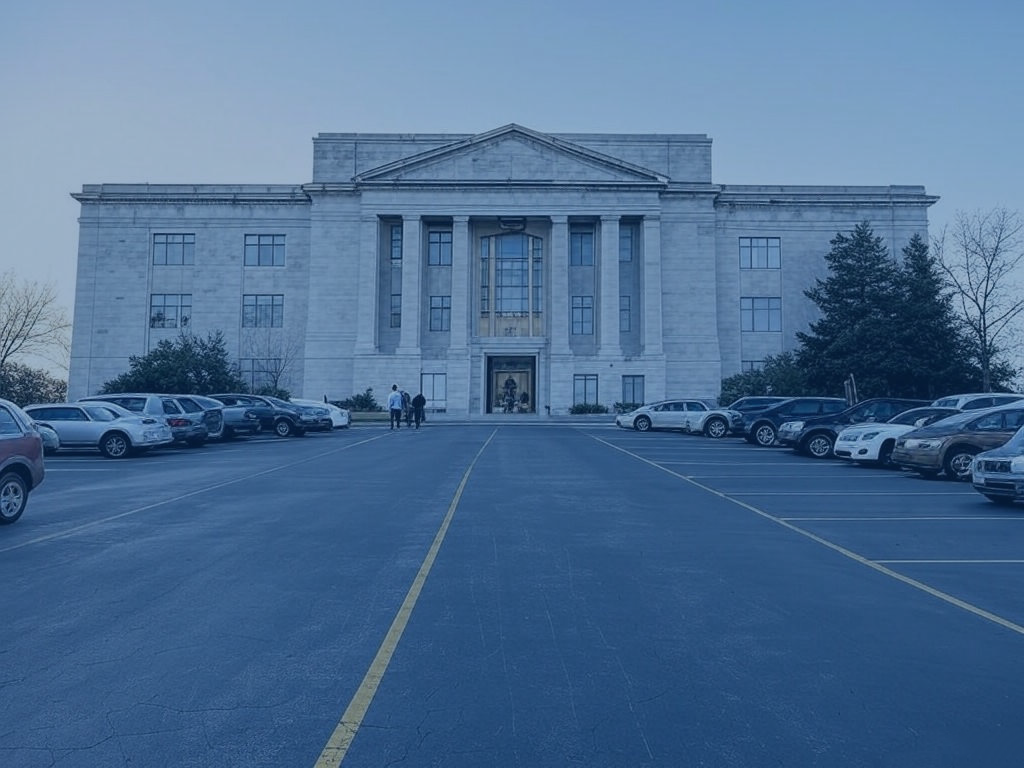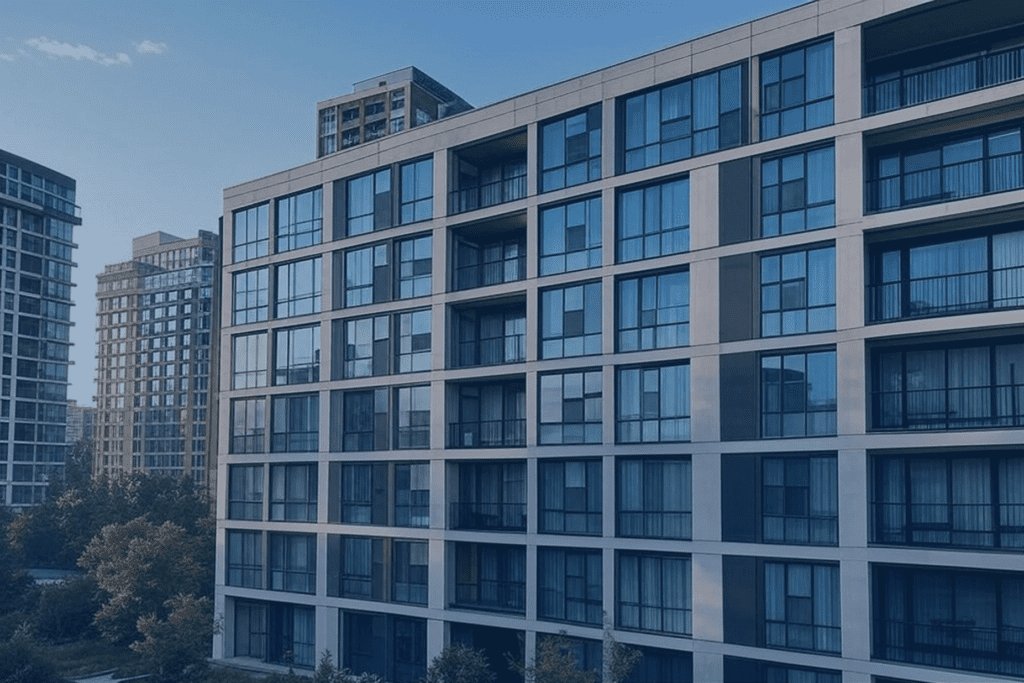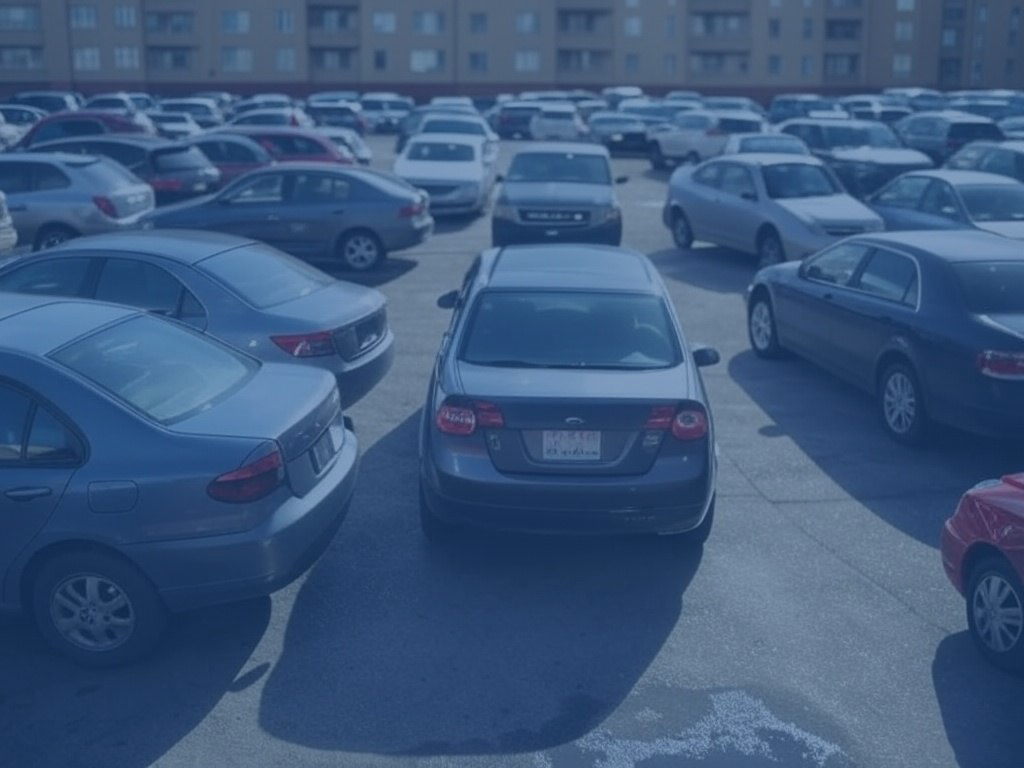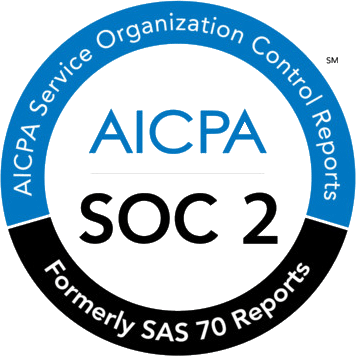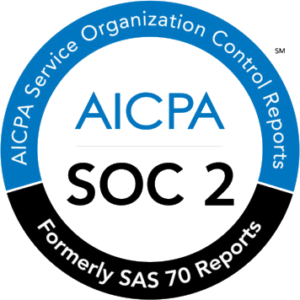Table of Contents
ToggleSummary
- Last mile automation can help you manage a culture shift from single occupancy commuting.
- This culture shift can help save your company money and time, as well as provide an environmental benefit.
More and more employers are now trying to change single-vehicle commuting culture.
It may sound like not a big deal, but changing how your employees think about their daily journey to work can help your business save money, reduce the strain on facilities and improve your organization’s relationship with the local community and environment.
Of course, this sort of culture change may cause difficulties. Like with any major process, it is created and managed with strong leadership skills.
Experience sustainable parking management
Try Wayleadr’s parking management and see how easy it can be to achieve sustainability with your parking
What is Your Company’s Culture?
Your company’s culture is decided by the behavioral pattern of the organization and those that work within it. If most of your employees commute via single-vehicle occupancy, then that is part of your company’s commuting culture.
Of course, this may be causing a strain on your car spaces, the workload for your facilities team and the overall carbon footprint of your business.
However, the good news is that ‘change’ is an option.
Of course, to achieve this change, the organization will have to also adapt its beliefs, processes, and practices.
A culture change is possible when a successful alignment occurs between the behaviors of the employees and the change goals that are in place.
What is Driving Culture?
Most organizations have a driving culture because employees realise that it is more convenient to bring private cars to work, rather than relying on public transport, or organizing car pooling.
Very often, the allocation of parking spaces encourages this.
Of course, we are not suggesting that employers stop giving these parking spaces to their staff.
After all, car spaces are important for your staff and should be viewed as such. However, if your company has gained a driving culture and continues to expand, more and more space will be required.
This can lead to an increase in cost and time spent managing parking. Your staff are also going to spend more and more time looking for somewhere to leave their cars, rather than being productive in the office.
A driving culture isn’t necessarily a bad thing for a business, but it can become one. That is why many organizations are looking for ways to change it from within.
Changing Driving Culture at the Workplace
Of course, one option is to replace this workplace parking culture with ‘park and ride’ transport facilities. This is where a service is made available for employees from train and bus stations to convey them to their offices in the cities.
However, it does add a cost to the company, as they have to pay for this facility and it may be expensive and inconvenient for staff.
Another option which may be more beneficial is last mile automation software. It allows for the following:
Lead by Example
Last mile automation software allows for the business leaders to free up their parking spaces when not in use. This increases the facilities available, while also demonstrating that they are not driving to work themselves.
Implement Incentives
Last mile automation allows for the collection of booking data. Incentives can include bonusses where employees are rewarded for not booking spaces a certain amount of days per month.
This creates a reward type system which can benefit your company’s move away from ‘single vehicle occupancy commuting’.
Put Plans In Place
Last mile automation software can help your business put plans in place, such as the allocation of spaces a certain amount of days per month.
For instance, you can give your staff a car space budget, where a fee has to be paid if they go over.
Implement a Booking System
If your company has a booking system for car spaces, it allows staff to plan ahead.
It also allows you to allot a certain amount of spaces to vehicles each day and week.
You can ensure that your staff are aware of your facilities and its constraints. If they don’t book, they don’t get a space and if they consistently struggle with this, they will consider car pooling a more realistic option.
Data, data, data
There is a saying that “if you cannot measure it, you cannot manage it”.
Ensure that the last mile automation is adapted by everyone and measured. The data you receive will allow you to investigate whether, or not, your new policies are working.
Allows for exceptions
Of course, there will be staff who need to drive to work for personal reasons.
Last mile automation software is flexible enough to make exceptions and ensure that these staff members aren’t without assistance.
Changing the driving culture at the workplace, from parking on lots to seeking alternatives, may be a challenging process.
However, the environmental benefits and the cost-cutting effects both for employers and employees should help people embrace this change.
For more information on last mile automation, don’t hesitate to schedule your free Wayleadr demo today.
Looking for some real-life examples? Check out how companies like Colliers International, Version 1 & Ayre Chamberlain Gaunt have solved their parking problems.

